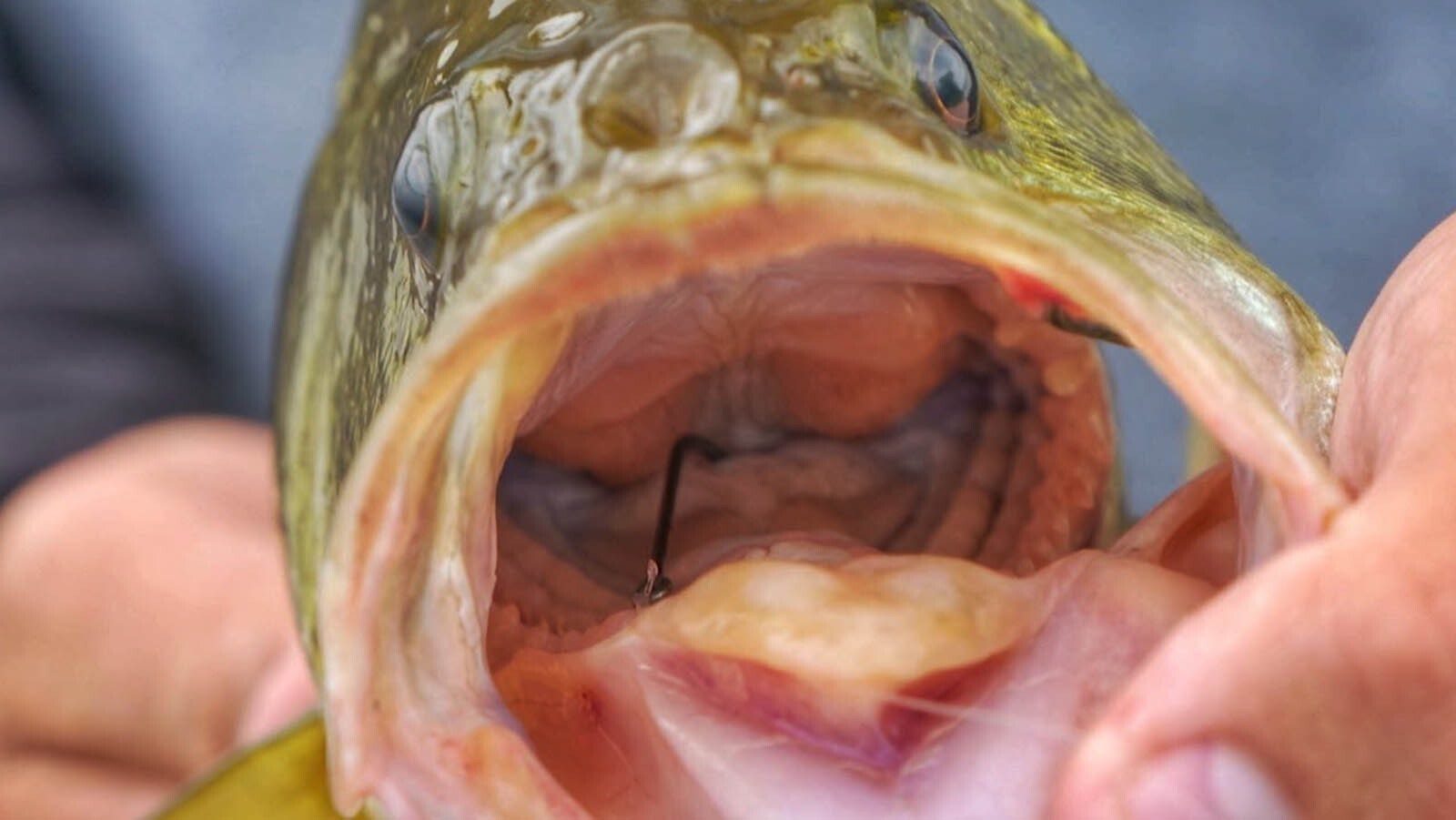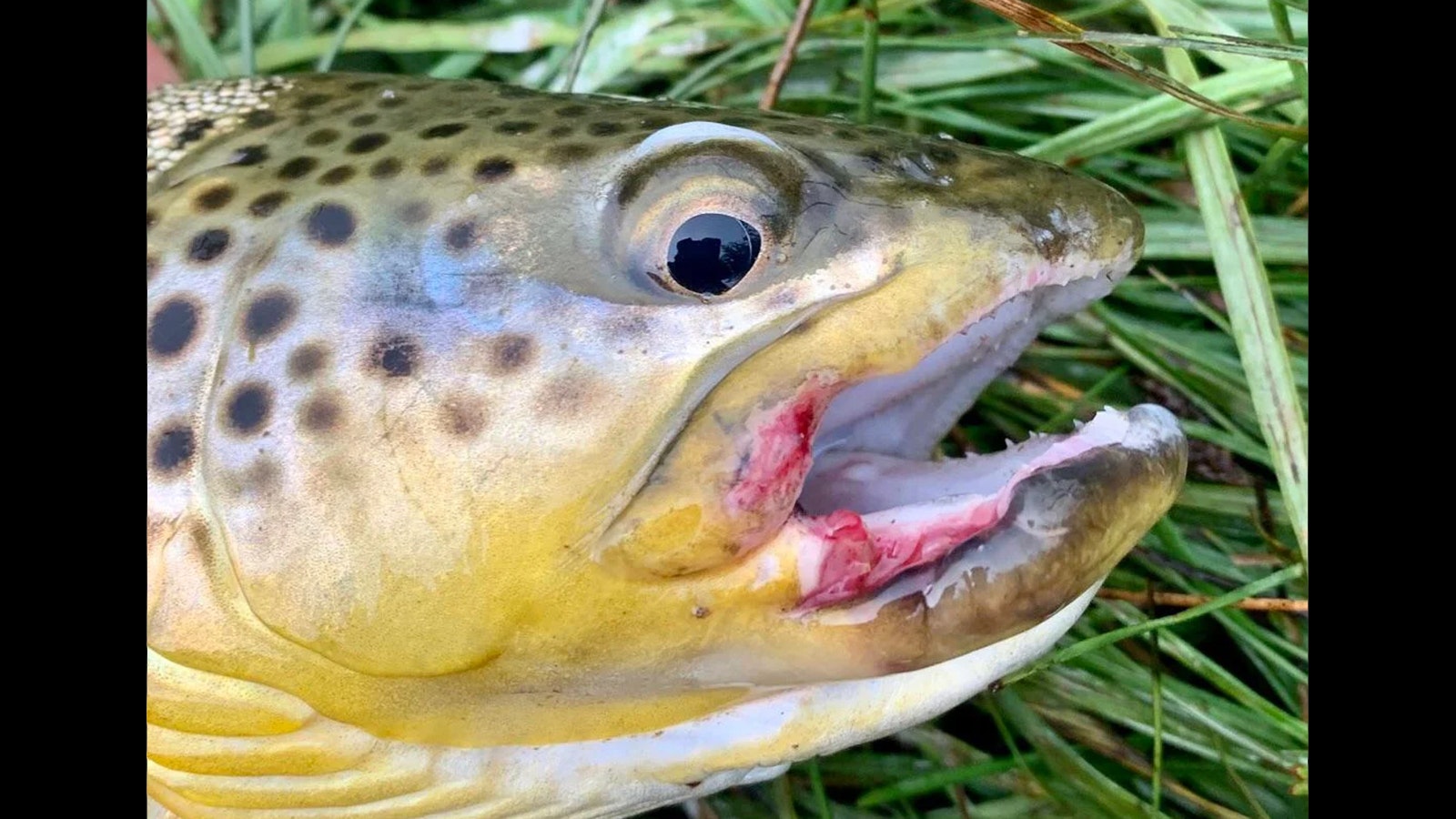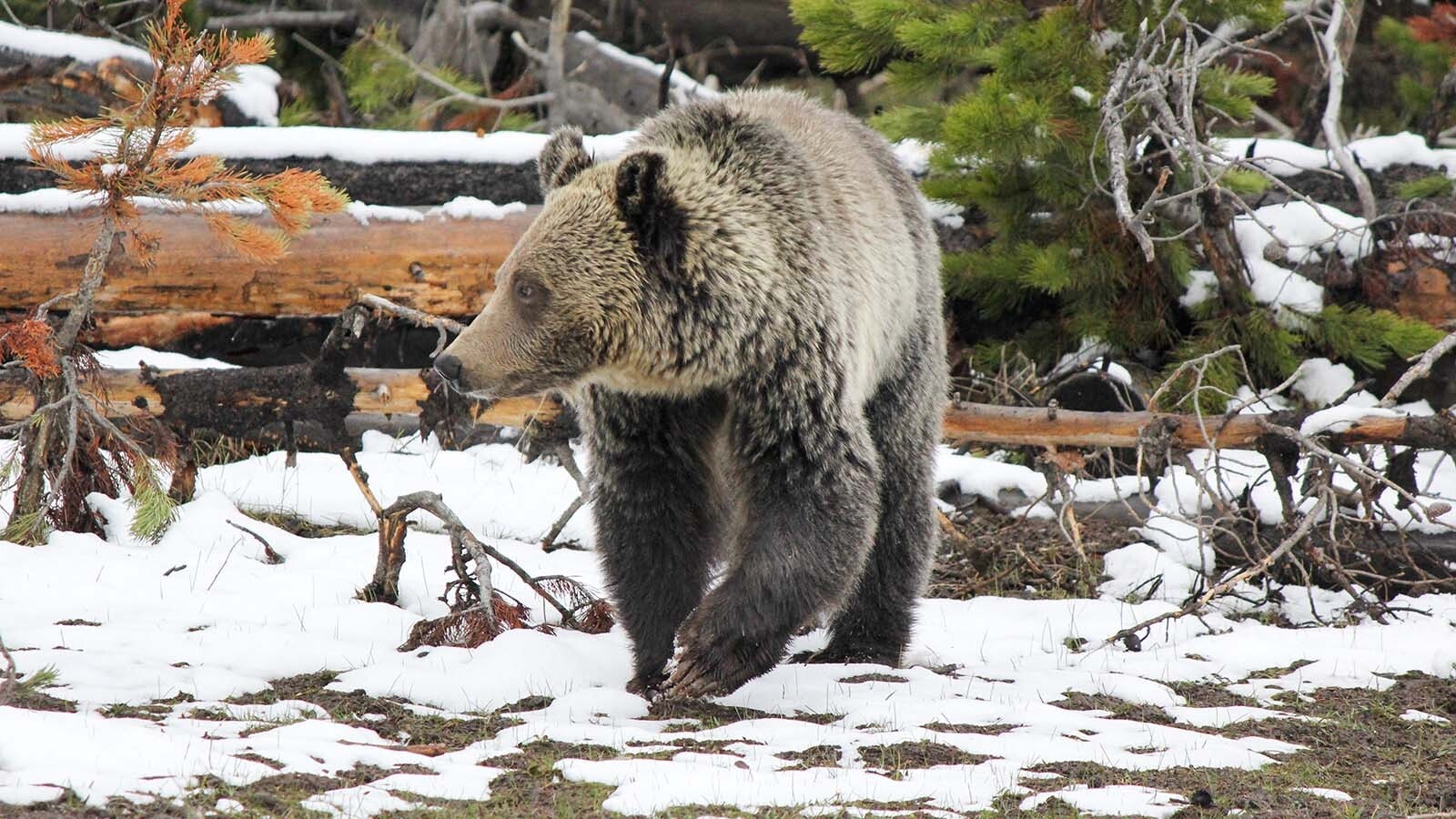Addressing fears of barbed hooks mangling fish in some of Wyoming’s most coveted blue-ribbon trout fisheries on the North Platte River, the Wyoming Game and Fish Commission has banned barbed hooks there.
Only barbless hooks will be allowed along popular sections of the North Platte River below Seminoe Reservoir. That includes the river from the Gray Reef section downstream to the take-out at Miles Landing/Government Bridge.
The commission has the authority to establish or change regulations for the Wyoming Game and Fish Department. During its meeting in Casper this week, the commission ruled to implement the ban on barbed hooks in that stretch of the North Platte River.
The ban will take effect Jan. 1, 2026.
Fishing guide Tent Tatum told Cowboy State Daily it’s a welcome change that’s long overdue.
He said that “hook scarring” — injuries suffered by fish caught on barbed hooks and then released — has gotten out of hand.
Those sections of the North Platte River are recognized as some of the best rainbow trout fisheries in the country. The waters are also known for producing trophy-sized brown trout.
“A big brown trout is on a lot of angers’ bucket lists,” said Tatum, who is co-owner of North Platte Lodge and The Reef Fly Shop Cottages and RV in Alcova.

How Bad Is The Problem?
The barbed vs. barbless hooks debate in the fishing world boils down to injuries that fish can suffer during catch-and-release fishing.
Proponents of barbless hooks say they’re far more likely to slide cleanly out of a fish’s mouth before it’s released, whereas barbed hooks frequently must be ripped out.
That ripping leads to ghastly and even fatal injuries to fish, including ruined jaws and destroyed eyeballs.
A 2023 study of hook-related fish injuries along the North Platte revealed a grim picture.
On the famed Miracle Mile stretch of the North Platte River, 21.4% of the trout had noticeable injuries, according to Game and Fish. At Gray Reef, the figure was 12.2%, on the stretch running though Casper it was 6.9%, and at Big Muddy 3.9%.
Taking into account fish showing any sign of having been previously caught, the percentages were much higher.
That included 72.6% at Miracle Mile, 64.6% at Gray Reef, 24.3% in Casper and 17.6%, the study revealed.

‘Withering Away’
Tatum said what he’s seen in recent years jibes with the study.
The problem has gotten so bad, he’s worried that it’s having population-level effects on the North Platte’s blue-ribbon trout fisheries, so the barbed hook ban can’t come soon enough.
He said he’s seen example after example of severely injured trout.
“Some of them were so mangled, you really have to wonder how were they even able to feed?” he said.
Fish injured by barbed hooks “just wither away,” he said.
Tatum also worries about injuries hampering the ability of fish to spawn and replenish the prized North Platte fisheries.
“A lot of those (mangled) fish were spawning-class fish,” he said. “You can’t tell me that’s not impacting the population.”
“(Hook injuries) were hindering their ability to spawn, and it’s honestly impacting our trout population,” Tatum added.
Saves Humans From Injury Too
A switch to only barbless hooks is good news for anglers too, Tatum said.
Accidents happen, and people getting snagged with barbless hooks is much less severe than when a barbed fishing hook goes deep into somebody’s skin, he said.
Switching to barbless fishing hooks is “especially handy if you get hooked, or hook somebody else,” Tatum said.
Tatum said that his company “has always been barbless.”
Using barbless hooks can make it more difficult to keep fish on a line after they bite, but as he sees it, that’s a small price to pay for a healthier fishery.
“It challenges you to be a better angler,” he said.
Mark Heinz can be reached at mark@cowboystatedaily.com.





